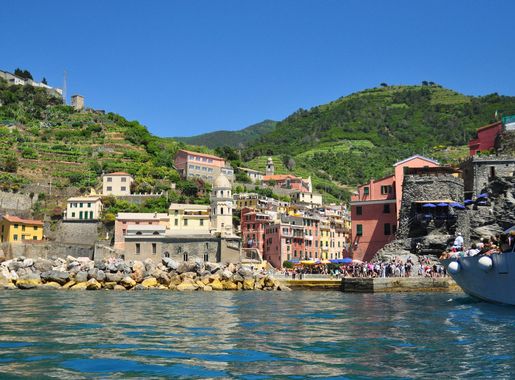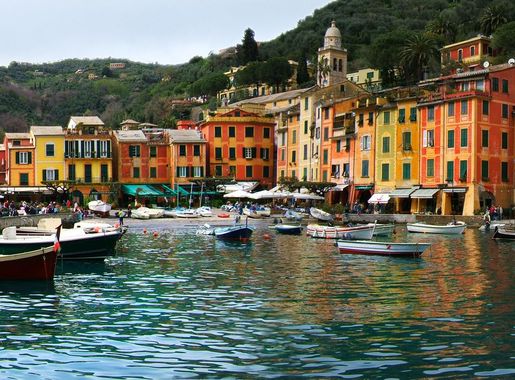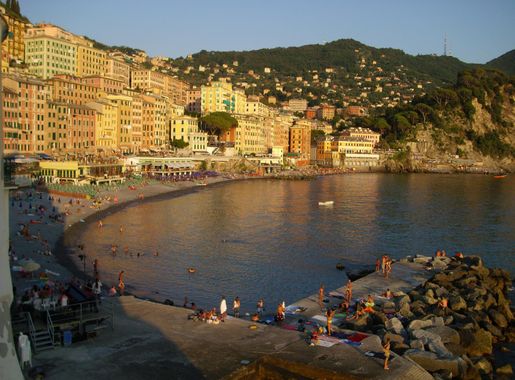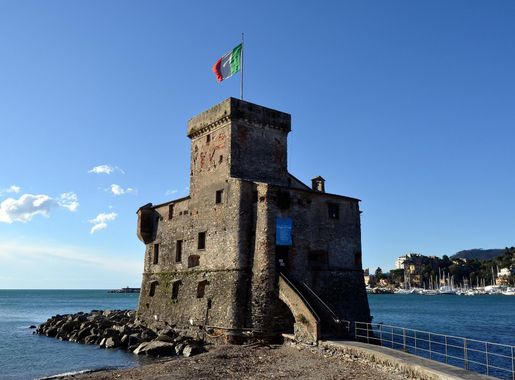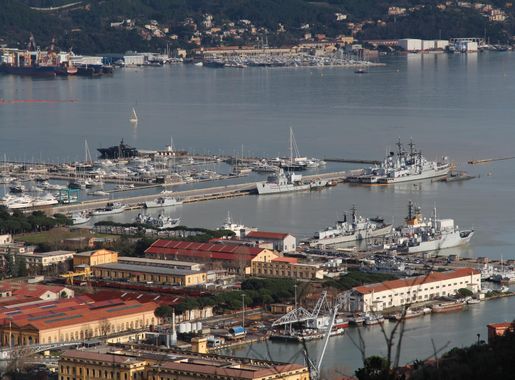
The Enchanting Italian Riviera
Discover the beauty and charm of the Italian Riviera, where picturesque villages, crystal-clear waters, and rich cultural heritage create an unforgettable experience.
The Italian Riviera, nestled between the Ligurian Sea and the rugged mountains, offers a blend of natural beauty, charming villages, and vibrant culture. Stretching from the French border to Tuscany, this coastal paradise is renowned for its picturesque landscapes and historical allure. The towns of Cinque Terre, with their colorful cliffside houses, are a UNESCO World Heritage site and a must-visit. Each village, from Monterosso al Mare to Riomaggiore, offers stunning views, delicious seafood, and excellent hiking trails that connect them. Portofino, another gem of the Italian Riviera, is famous for its luxurious harbor, elegant boutiques, and scenic views. The pastel-colored houses and the surrounding nature make it a perfect spot for romantic strolls and boat rides. Genoa, the region's capital, combines rich history with modern vibrancy. Explore its narrow alleyways, grand palaces, and bustling port. Don't miss the Aquarium of Genoa, one of the largest in Europe, and the historic center, which is a labyrinth of medieval streets. Ventimiglia, near the French border, is known for its lively markets and ancient Roman ruins. The Friday market is a shopping paradise, offering everything from fresh produce to stylish clothing. The nearby Hanbury Botanical Gardens are perfect for a peaceful retreat. The Italian Riviera is not just about sightseeing; it’s about experiencing the Italian way of life. Enjoy leisurely meals with fresh Ligurian cuisine, sip on local wines, and soak in the Mediterranean sun. This region offers a perfect blend of relaxation and adventure, making it a dream destination for every traveler.
Local tips in Italian Riviera
- Visit Cinque Terre early in the morning or late in the afternoon to avoid crowds and enjoy a more peaceful experience.
- Carry cash, as some smaller shops and eateries in the villages might not accept credit cards.
- Wear comfortable shoes; the towns and hiking trails have uneven paths and steep steps.
- Try the local pesto; Liguria is famous for its delicious basil-based sauce.
- Take a boat tour for a unique perspective of the coastline and to see hidden coves and beaches.
The Enchanting Italian Riviera
The Italian Riviera, nestled between the Ligurian Sea and the rugged mountains, offers a blend of natural beauty, charming villages, and vibrant culture. Stretching from the French border to Tuscany, this coastal paradise is renowned for its picturesque landscapes and historical allure. The towns of Cinque Terre, with their colorful cliffside houses, are a UNESCO World Heritage site and a must-visit. Each village, from Monterosso al Mare to Riomaggiore, offers stunning views, delicious seafood, and excellent hiking trails that connect them. Portofino, another gem of the Italian Riviera, is famous for its luxurious harbor, elegant boutiques, and scenic views. The pastel-colored houses and the surrounding nature make it a perfect spot for romantic strolls and boat rides. Genoa, the region's capital, combines rich history with modern vibrancy. Explore its narrow alleyways, grand palaces, and bustling port. Don't miss the Aquarium of Genoa, one of the largest in Europe, and the historic center, which is a labyrinth of medieval streets. Ventimiglia, near the French border, is known for its lively markets and ancient Roman ruins. The Friday market is a shopping paradise, offering everything from fresh produce to stylish clothing. The nearby Hanbury Botanical Gardens are perfect for a peaceful retreat. The Italian Riviera is not just about sightseeing; it’s about experiencing the Italian way of life. Enjoy leisurely meals with fresh Ligurian cuisine, sip on local wines, and soak in the Mediterranean sun. This region offers a perfect blend of relaxation and adventure, making it a dream destination for every traveler.
When is the best time to go to Italian Riviera?
Iconic landmarks you can’t miss
Piazza De Ferrari
Discover the charm of Piazza De Ferrari, the vibrant heart of Genoa, adorned with stunning architecture and a magnificent fountain.
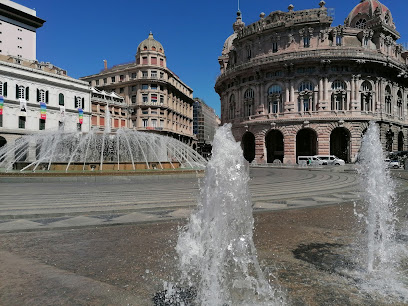
Abbazia di San Fruttuoso
Discover the breathtaking Abbazia di San Fruttuoso, a historical abbey nestled in the Ligurian coast, blending natural beauty with rich heritage.
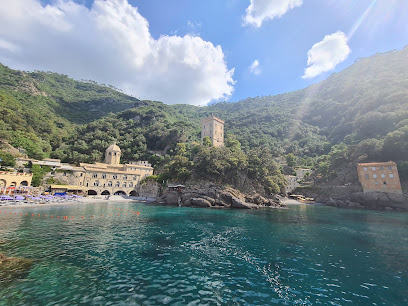
D'Albertis Castle
Explore D'Albertis Castle in Genoa: a historical landmark with stunning views, art exhibitions, and beautiful gardens.
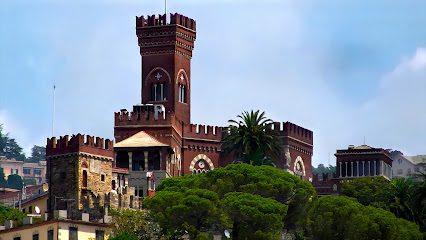
Ruins of Doria Tower
Uncover the history and breathtaking views at the iconic Ruins of Doria Tower, a must-see landmark in Vernazza, Cinque Terre, Italy.
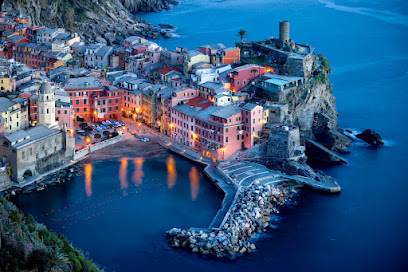
Castello Brown
Explore Castello Brown, a medieval castle in Portofino with stunning views, rich history, and beautiful gardens that showcase the charm of the Italian Riviera.
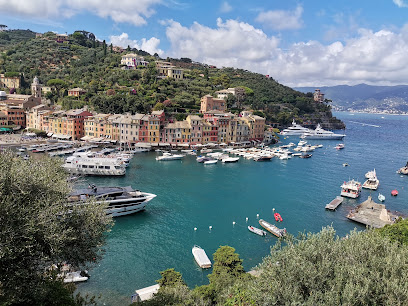
Grotta di Lord Byron
Discover the enchanting Grotta di Lord Byron in Porto Venere, where stunning coastal views and literary history meet in a breathtaking natural setting.
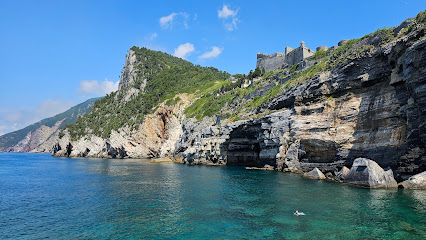
Strada Nuova Museums - Palazzo Rosso
Explore the exquisite art and rich history at Palazzo Rosso, a highlight of Genoa's Strada Nuova Museums, showcasing masterpieces and stunning architecture.
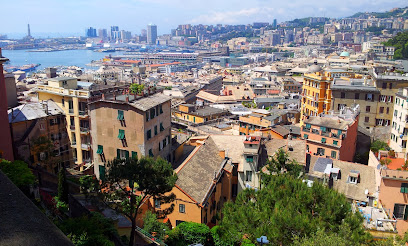
Walk Anita Garibaldi
Experience the breathtaking views and serene atmosphere of Walk Anita Garibaldi, a must-visit promenade in Genoa, Italy, perfect for leisurely strolls.
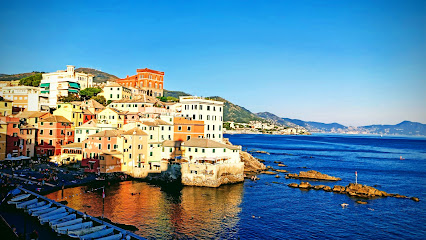
Doria Castle
Explore the historic Doria Castle in Porto Venere, a stunning medieval fortress with breathtaking sea views and rich cultural heritage.

Santuario di Nostra Signora di Montenero
Explore the Santuario di Nostra Signora di Montenero, a serene church offering breathtaking views of the Cinque Terre and a rich spiritual experience.
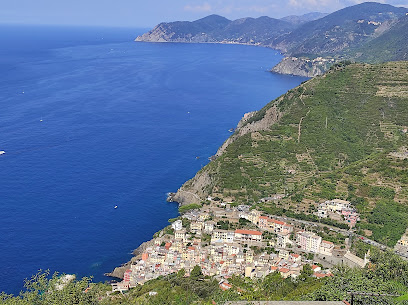
Riviera di Ponente
Discover the stunning Riviera di Ponente, a coastal gem in Italy with breathtaking views, delightful cuisine, and endless outdoor adventures.
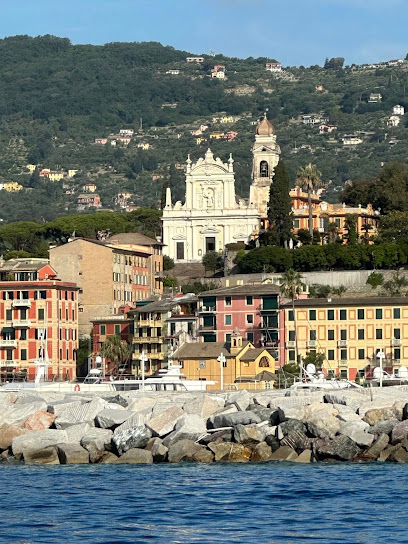
新街和罗利宫殿体系
Explore the architectural wonders and vibrant culture of Via Garibaldi, a UNESCO World Heritage site in the heart of Genoa, Italy.
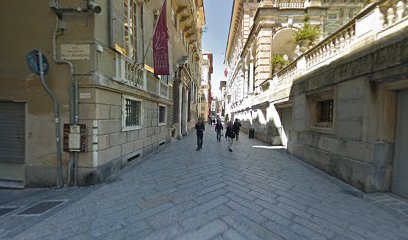
Unmissable attractions to see
Cinque Terre National Park
Explore the breathtaking landscapes and colorful villages of Cinque Terre National Park, a UNESCO World Heritage site on the Ligurian coast.
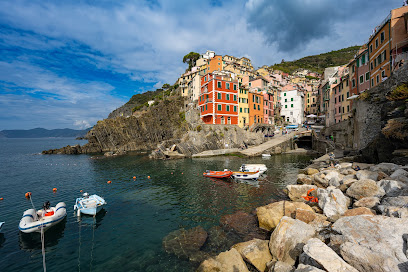
Muretto of Alassio
Discover the Muretto of Alassio, a vibrant mosaic of art and history that celebrates creativity along the stunning Italian Riviera.
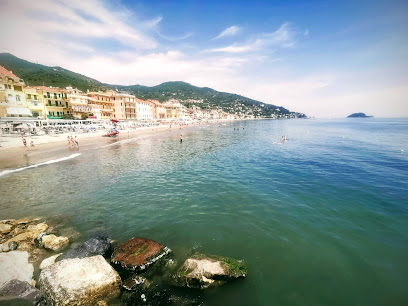
Piazza della Vittoria
Explore the historical charm and vibrant atmosphere of Piazza della Vittoria, a must-visit monument in Genoa, Italy.
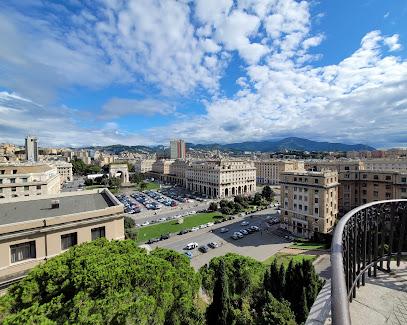
Castello di Dolceacqua
Discover the enchanting Castello di Dolceacqua, a medieval gem in Italy's picturesque countryside, offering breathtaking views and rich history.
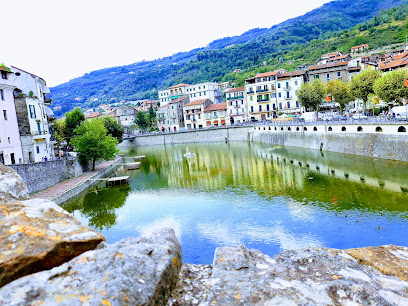
Abbazia di San Fruttuoso
Discover the enchanting Abbazia di San Fruttuoso, a historical landmark nestled in a breathtaking bay, blending rich culture with stunning coastal beauty.
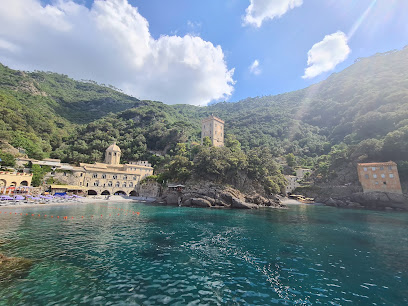
Toirano Cave
Explore the breathtaking Toirano Caves in Liguria, Italy, a stunning natural wonder filled with rich history and impressive geological formations.
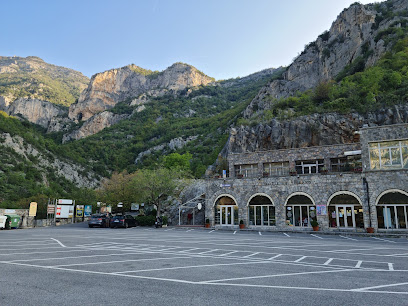
Grotte di Borgio Verezzi
Experience the breathtaking beauty of Grotte di Borgio Verezzi, where nature's artistry reveals stunning underground formations in Italy's enchanting caves.
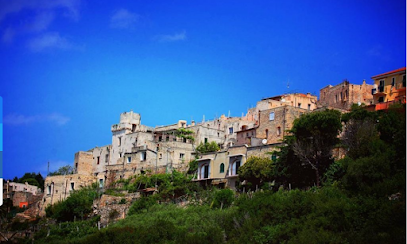
Baia di Paraggi
Explore Baia di Paraggi, a stunning Italian Riviera gem known for its turquoise waters, beautiful beaches, and delightful dining options.
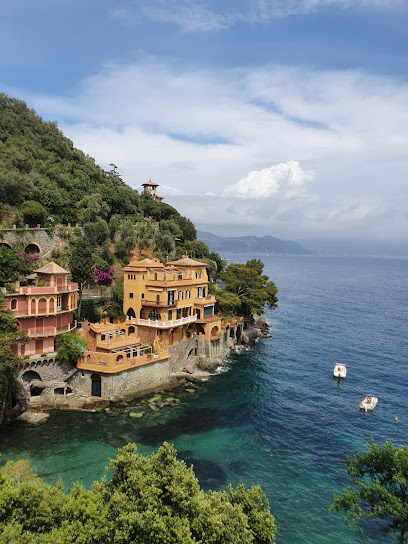
Faro di Portofino
Discover the breathtaking Faro di Portofino, an iconic lighthouse offering stunning views of the Italian Riviera and a glimpse into its rich history.
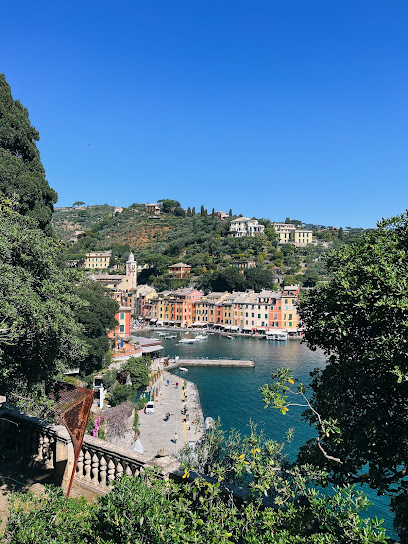
Hanbury Botanical Garden
Explore the enchanting Hanbury Botanical Garden, a serene retreat in Ventimiglia, showcasing stunning flora amidst breathtaking landscapes.
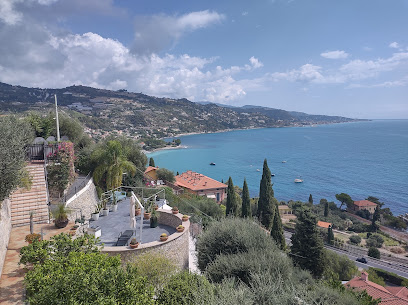
Parco naturale regionale del Beigua
Discover the breathtaking landscapes and rich biodiversity of Parco Naturale Regionale del Beigua, a true gem of Italy's Liguria region.
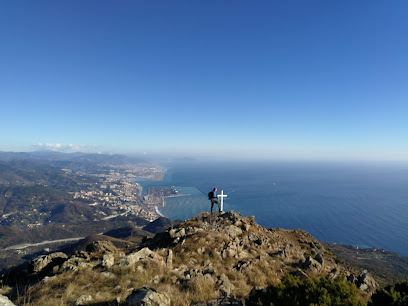
Ruins of Doria Tower
Explore the ancient Ruins of Doria Tower in Vernazza, a historical site offering breathtaking views and a glimpse into Italy's rich medieval past.

Area Marina Protetta di Portofino
Explore the breathtaking Area Marina Protetta di Portofino, a haven for nature lovers and adventure seekers along the stunning Italian Riviera.
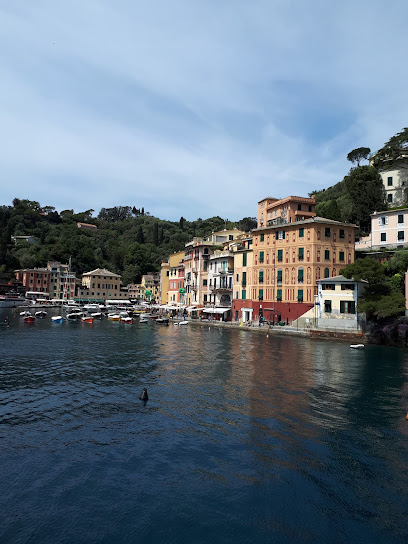
Castello Brown
Discover the historical charm and breathtaking views of Castello Brown, a must-see castle in the heart of Portofino's stunning landscape.
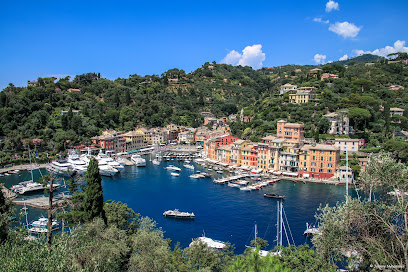
Rapallo Castle
Experience the history and breathtaking views at Rapallo Castle, a stunning coastal landmark on the Italian Riviera.
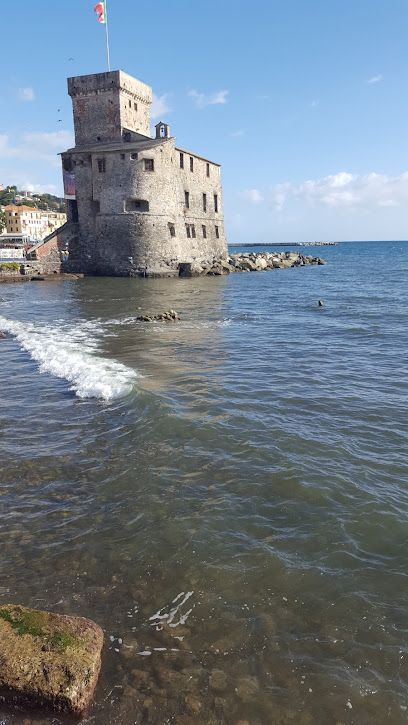
Essential places to dine
Osteria di Vico Palla
Savor authentic Italian and seafood delights at Osteria di Vico Palla in Genoa – where tradition meets taste.
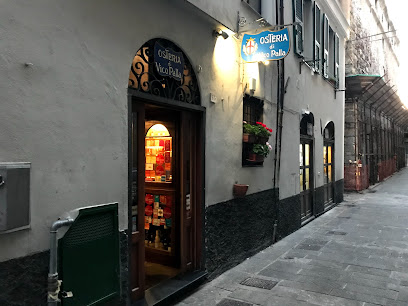
Trattoria dal Billy
Discover authentic Italian seafood at Trattoria dal Billy in Manarola, where stunning views meet exquisite flavors for an unforgettable dining experience.
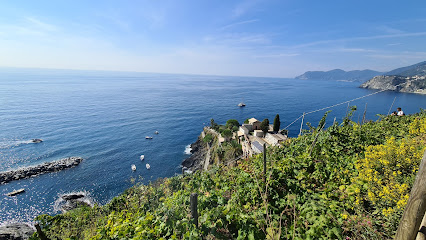
Il Pirata delle 5 Terre
Experience fresh seafood and authentic Italian cuisine at Il Pirata delle 5 Terre in scenic Vernazza.

Le Rune
Discover authentic Italian cuisine at Le Rune in Genoa – where tradition meets modernity in every delectable dish.
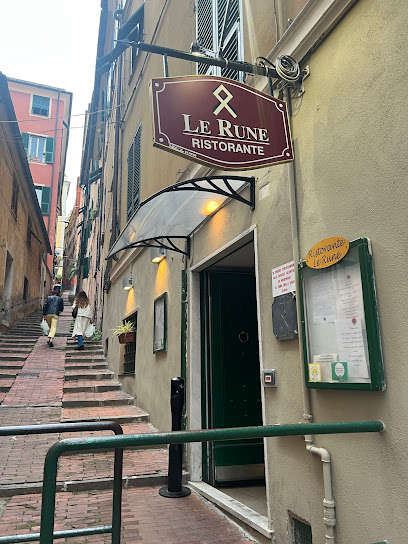
Osteria della Triglia
Discover authentic Ligurian flavors at Osteria della Triglia, where seafood and Italian cuisine come together in a cozy setting.
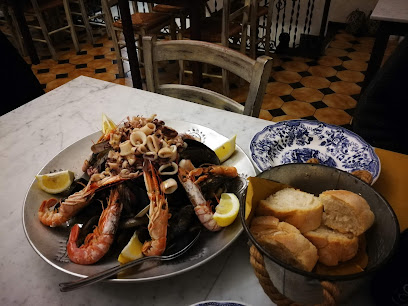
Belforte
Discover Belforte in Vernazza - where exquisite Italian cuisine meets breathtaking seaside views.
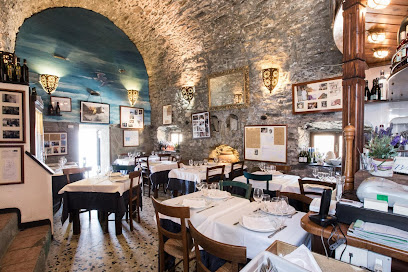
I Cuochi
Experience authentic Italian seafood at I Cuochi in Genoa – where every dish tells a story of freshness and flavor.
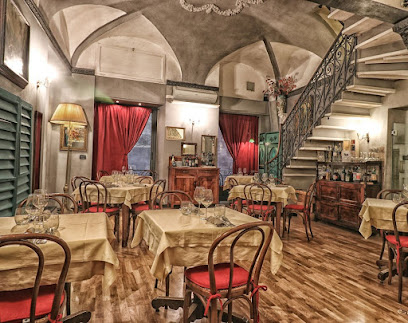
Zeffirino
Discover culinary excellence at Zeffirino in Genoa - where authentic Italian flavors meet fresh seafood delights.
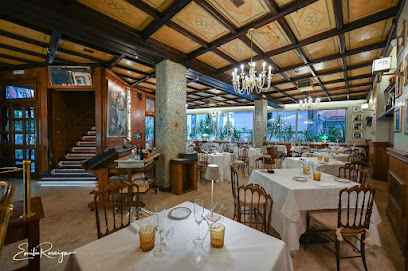
Osteria Le Colonne
Discover the authentic flavors of Italy at Osteria Le Colonne in Genoa - where tradition meets innovation in every dish.
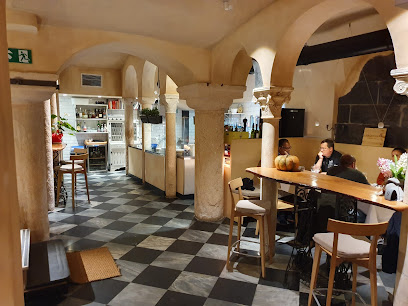
Ristorante L'Ancora della Tortuga
Experience authentic Italian flavors at Ristorante L'Ancora della Tortuga in Monterosso al Mare - where culinary excellence meets breathtaking views.
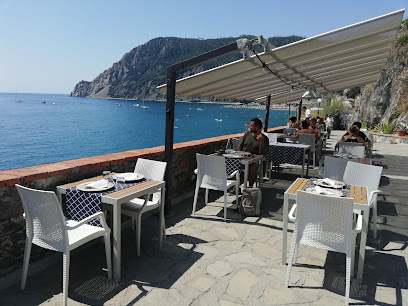
U Giancu
Discover the essence of authentic Italian cuisine at U Giancu in San Massimo - where local ingredients meet culinary excellence.
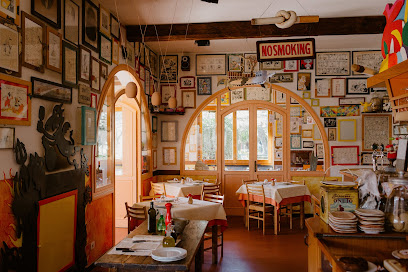
Torre Aurora
Discover Torre Aurora in Monterosso al Mare - where exceptional Italian cuisine meets stunning views in the heart of Cinque Terre.
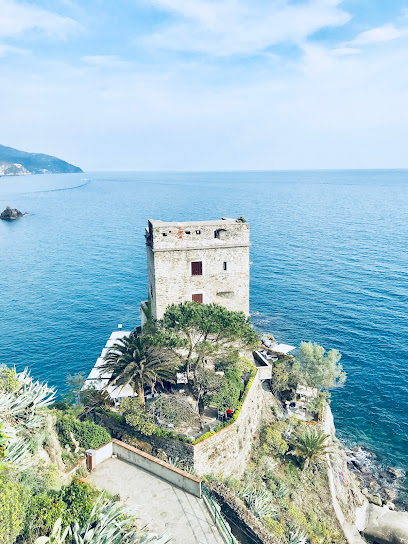
Antica Trattoria Du Ruscin 1893
Experience authentic Ligurian cuisine at Antica Trattoria Du Ruscin 1893 in Genoa - where tradition meets flavor.
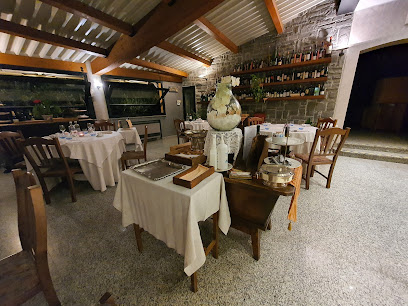
Ostaia da ö Sigù
Experience authentic Italian and seafood cuisine at Ostaia da ö Sigù in Camogli – where fresh flavors meet stunning coastal views.
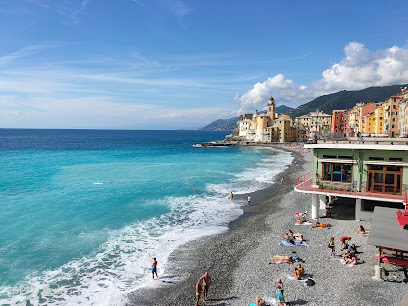
Gaia Vini & Cucina
Savor authentic Ligurian cuisine at Gaia Vini & Cucina in Genoa – where tradition meets taste in every delicious dish.
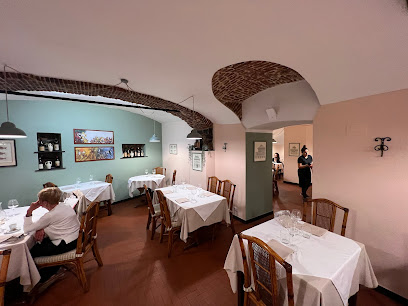
Markets, malls and hidden boutiques
Designer Outlet Serravalle
Experience unparalleled shopping at Designer Outlet Serravalle, where fashion meets savings in the heart of Italy's scenic Province of Alessandria.
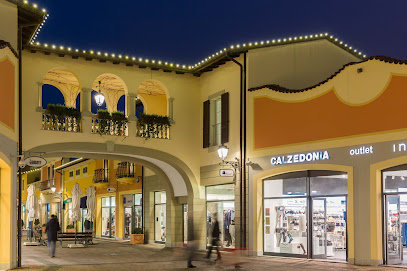
Fiumara
Unleash your shopping spirit at Fiumara, Genoa's vibrant shopping mall with diverse stores and a fantastic movie theater experience.
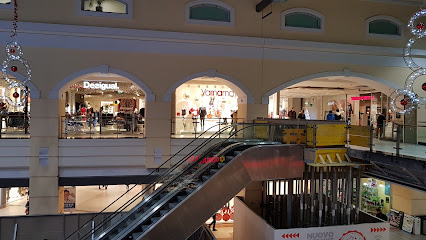
Brugnato 5Terre Outlet Village
Experience the charm of Italy at Brugnato 5Terre Outlet Village, where shopping meets stunning landscapes and delightful dining options.
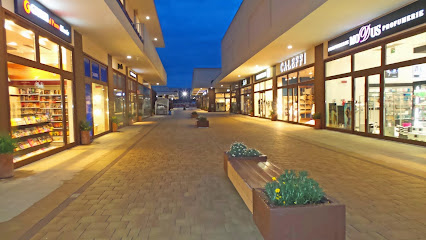
Centro Commerciale L'Aquilone
Explore the diverse shopping, dining, and entertainment experiences at Centro Commerciale L'Aquilone, Genoa's vibrant shopping destination.
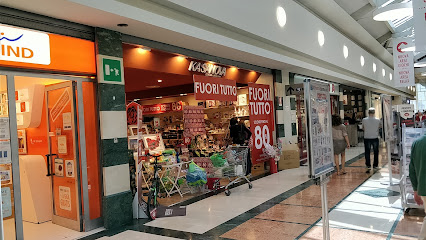
Federici Srl Furniture
Explore Federici Srl Furniture in Serra Riccò, where Italian craftsmanship meets contemporary design for your home.

Cotton & Silk
Discover stylish men's clothing at Cotton & Silk, a fashionable store in Genoa, perfect for any occasion or style preference.
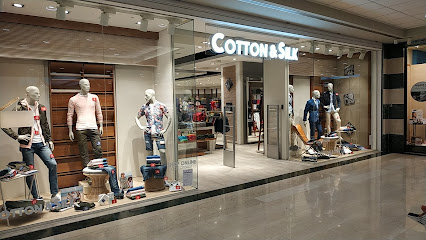
Per Casa
Discover unique Italian gifts and souvenirs at Per Casa in Genoa, where local craftsmanship meets a charming shopping experience.
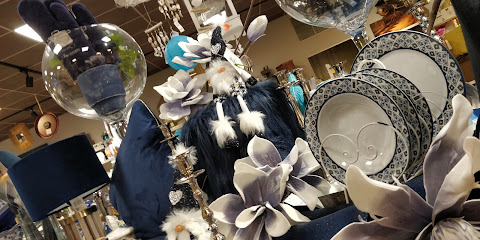
Cinque Terre Trekking
Discover the best trekking gear and expert advice at Cinque Terre Trekking, your gateway to exploring Italy's breathtaking coastlines.
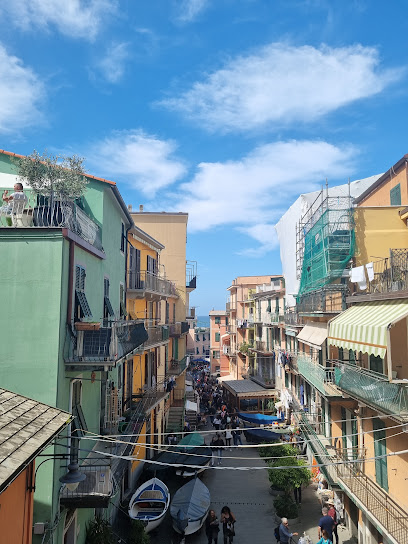
natura
Experience the beauty of nature at Natura Farm Shop, your destination for fresh produce, flowers, and pet supplies in Campomorone.
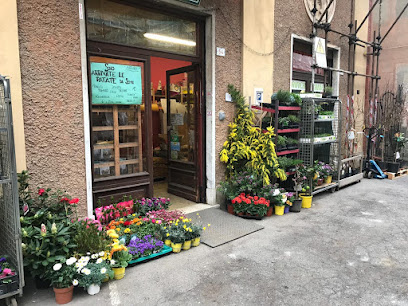
La Boutique Di Bevegni Claudia
Discover unique Italian fashion at La Boutique Di Bevegni Claudia in Campomorone, where style meets elegance for every occasion.
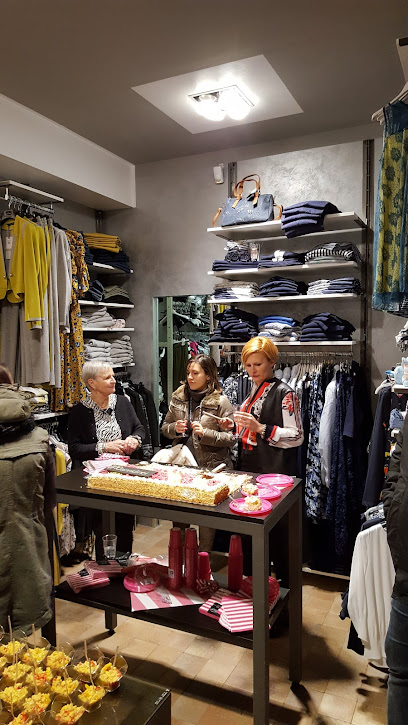
Fratelli Pesce Ingrosso Giocattoli
Explore a delightful assortment of toys, stationery, and holiday decor at Fratelli Pesce Ingrosso Giocattoli in Mignanego, a magical shopping experience awaits!
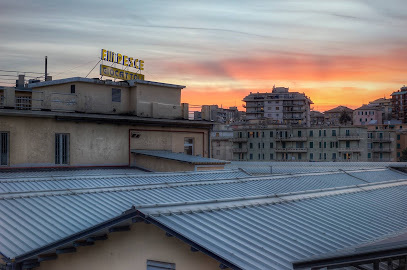
Marine Stores Srl
Discover Marine Stores Srl in Genoa for top-quality boat accessories, providing everything you need for your nautical adventures along the stunning Mediterranean coast.
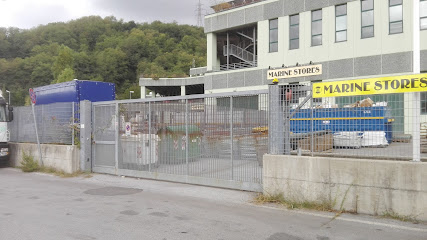
Merceria Paola Rivera | Biancheria Casa | Pigiami
Explore Merceria Paola Rivera in Campomorone for exquisite linens, stylish swimwear, and unique women's clothing that capture Italian elegance.

Antiquariato Art Recup
Explore the charm of history at Antiquariato Art Recup, a haven for antique lovers in Ceranesi, with exquisite restored furniture and unique architectural finds.
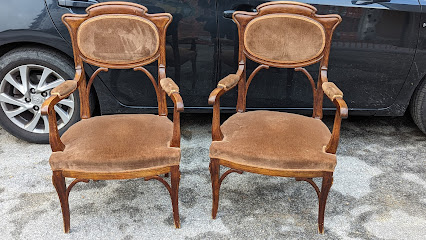
Cantina du Sciacchetra'
Experience the essence of Monterosso al Mare at Cantina du Sciacchetra', where local wines and artisanal products come together in a charming grocery store.
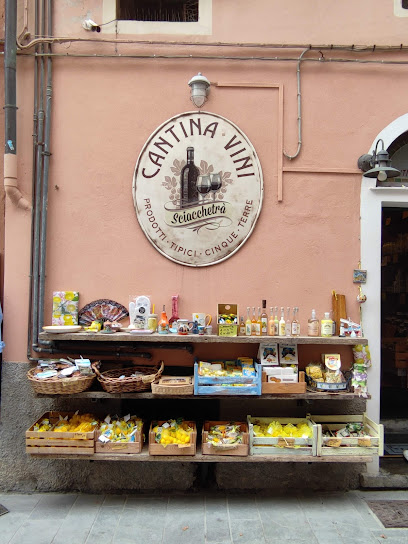
Essential bars & hidden hideouts
La Goletta Seaside pub
Experience the best of Genoa at La Goletta Seaside, where exquisite cuisine meets stunning waterfront views for an unforgettable dining experience.
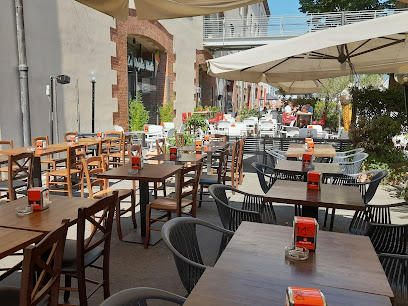
Irish Pub
Discover the warmth of Irish hospitality at Genoa's charming Irish Pub, where great food, drinks, and live music come together.
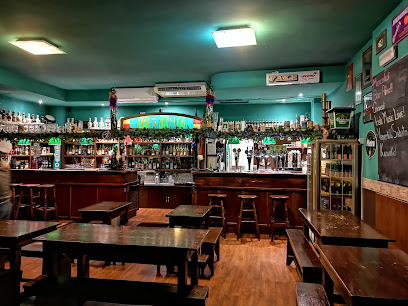
Bar degli Asinelli
Experience the vibrant ambiance of Bar degli Asinelli in Genoa, where delightful drinks and local charm meet for an unforgettable night out.
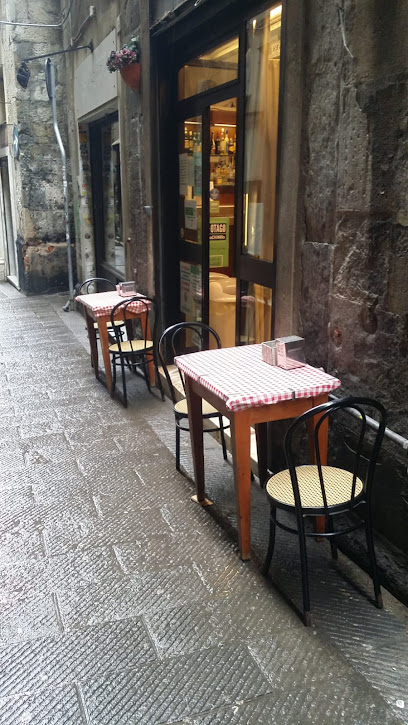
La Lepre
Experience the charm of Genoa at La Lepre, a cozy bar offering an inviting atmosphere and a diverse selection of drinks.
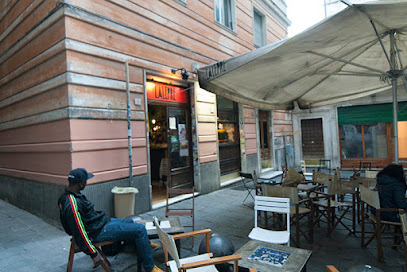
Old School Cocktails & Food
Discover the heart of Italian cuisine and mixology at Old School Cocktails & Food in Riomaggiore, where tradition meets taste.
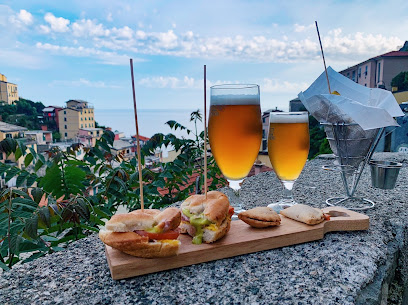
Rebus Cocktail Bar
Discover the vibrant ambiance and exquisite cocktails at Rebus Cocktail Bar, a must-visit destination for tourists in Genoa.
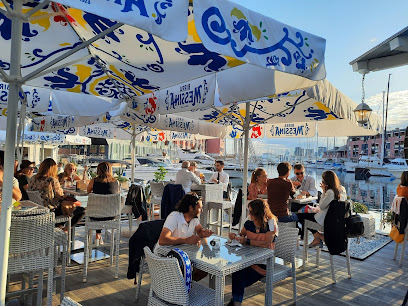
Old Port Bar
Discover the vibrant atmosphere and delightful flavors at Old Port Bar in the heart of Genoa, Italy.

The Honey Bar
Experience the charm of The Honey Bar in Genoa, where classic cocktails meet the sweetness of artisanal honey, creating a unique nightlife destination.
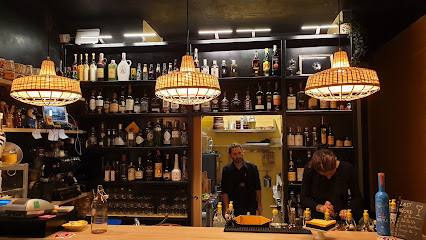
Terza Terra
Experience the essence of Italian culture at Terza Terra in Corniglia, where stunning views and delectable local wines await.
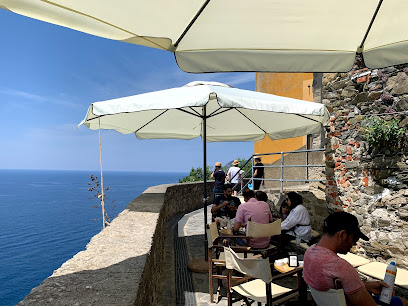
Vertical Lounge Bar
Experience the beauty and vibrancy of Riomaggiore at the Vertical Lounge Bar, where exquisite drinks meet breathtaking views.
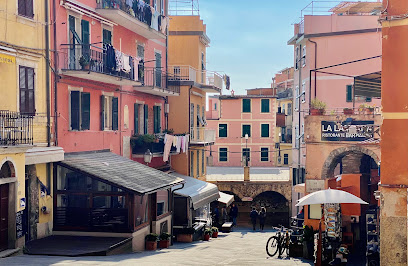
La Cantina Zio Bramante
Discover La Cantina Zio Bramante, a charming bar in Manarola offering exquisite local wines and stunning views of the Cinque Terre.
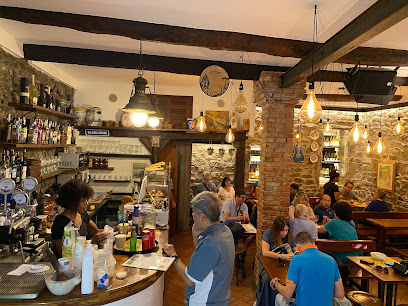
Marina di Corniglia
Experience the vibrant flavors and stunning views at Marina di Corniglia, where delicious cocktails and coastal charm await you.
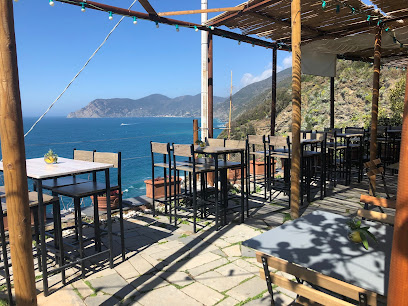
Bar Colpi di Timone Monterosso
Experience the vibrant atmosphere and exquisite cocktails at Bar Colpi di Timone, Monterosso al Mare's premier cocktail bar by the sea.
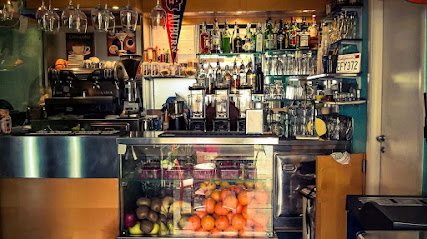
Bar Morena
Discover the charm of Bar Morena in Portofino, where delightful drinks meet stunning coastal views in a perfect setting for relaxation.
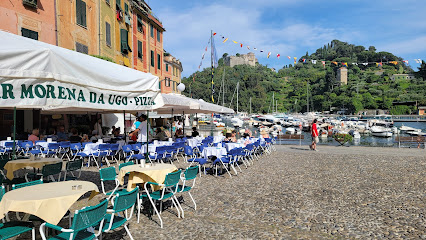
Tana dell'Orso Pub di VIOTTI Alessandra
Experience the welcoming atmosphere and delicious cuisine at Tana dell'Orso Pub, a must-visit for tourists in Mignanego.

Local Phrases about Italian Riviera
-
- HelloCiao
[chow] - GoodbyeArrivederci
[ah-ree-veh-DEHR-chee] - YesSì
[see] - NoNo
[noh] - Please/You're welcomePer favore
[pehr fah-VOH-reh] - Thank youGrazie
[GRAH-tsyeh] - Excuse me/SorryMi scusi
[mee SKOO-zee] - How are you?Come stai?
[koh-meh STAH-ee] - Fine. And you?Bene. E tu?
[BEH-neh. eh too?] - Do you speak English?Parli inglese?
[PAHR-lee een-GLEH-zeh?] - I don't understandNon capisco
[nohn kah-PEES-koh]
- HelloCiao
-
- I'd like to see the menu, pleaseVorrei vedere il menu, per favore
[vohr-RAY veh-DEH-reh eel MEH-noo, pehr fah-VOH-reh] - I don't eat meatNon mangio carne
[nohn MAHN-joh KAR-neh] - Cheers!Salute!
[sah-LOO-teh] - I would like to pay, pleaseVorrei pagare, per favore
[vohr-RAY pah-GAH-reh, pehr fah-VOH-reh]
- I'd like to see the menu, pleaseVorrei vedere il menu, per favore
-
- Help!Aiuto!
[ah-YOO-toh] - Go away!Vai via!
[vai VEE-ah!] - Call the Police!Chiama la polizia!
[kyah-MAH lah poh-LEE-tsyah!] - Call a doctor!Chiama un dottore!
[kyah-MAH oon doh-TOH-reh!] - I'm lostMi sono perso
[mee SOH-noh PEHR-soh] - I'm illSto male
[stoh MAH-leh]
- Help!Aiuto!
-
- I'd like to buy...Vorrei comprare...
[vohr-RAY kohm-PROH-reh] - I'm just lookingSto solo guardando
[stoh SOH-loh gwar-DAHN-doh] - How much is it?Quanto costa?
[KWAN-toh KOH-stah?] - That's too expensiveÈ troppo caro
[eh TROHP-poh KAH-roh] - Can you lower the price?Puoi abbassare il prezzo?
[POO-oh ab-bah-SAH-reh eel PREHT-soh?]
- I'd like to buy...Vorrei comprare...
-
- What time is it?Che ora è?
[keh OH-rah eh?] - It's one o'clockÈ l'una
[eh LOO-nah] - Half past (10)Sono le dieci e mezza
[SOH-noh leh DYEH-chee eh MEHTS-zah] - MorningMattina
[mah-TEEN-ah] - AfternoonPomeriggio
[poh-meh-REE-joh] - EveningSera
[SEH-rah] - YesterdayIeri
[YEH-ree] - TodayOggi
[OH-jee] - TomorrowDomani
[doh-MAH-nee] - 1Uno
[OO-noh] - 2Due
[DWEH] - 3Tre
[TREH] - 4Quattro
[KWAT-troh] - 5Cinque
[CHEEN-kweh] - 6Sei
[SAY] - 7Sette
[SEH-teh] - 8Otto
[OH-toh] - 9Nove
[NOH-veh] - 10Dieci
[DYEH-chee]
- What time is it?Che ora è?
-
- Where's a/the...?Dov'è...?
[doh-VEH?] - What's the address?Qual è l'indirizzo?
[kwal eh leen-DEE-ree-tsoh?] - Can you show me (on the map)?Puoi mostrarmi (sulla mappa)?
[POO-oh mohs-TRAHR-mee (SOOL-lah MAHP-pah)?] - When's the next (bus)?Quando passa il prossimo (autobus)?
[KWAN-doh PAHSS-ah eel PROHS-see-moh (ow-TOH-boos)?] - A ticket (to ....)Un biglietto (per ....)
[oon beel-YET-toh (pehr ....)]
- Where's a/the...?Dov'è...?
History of Italian Riviera
-
Long before the Romans set their eyes on the Italian Riviera, the region was inhabited by the Ligurian tribes. These ancient people, known for their seafaring skills and trade, left behind traces of their existence in the form of artifacts and ancient settlements. The Ligurians played a significant role in the early cultural development of the region.
-
The Italian Riviera became part of the Roman Empire in the 2nd century BC. The Romans recognized the region's strategic importance and developed it as a vital maritime and trading hub. They built roads, such as the Via Aurelia, and established ports, which facilitated the movement of goods and people. Remnants of Roman villas, amphitheaters, and other structures can still be found in the area.
-
During the Middle Ages, the Italian Riviera was a center of maritime power and commerce. The cities of Genoa and Amalfi rose as prominent maritime republics, competing with Venice and Pisa. Genoa, in particular, became a dominant maritime power, establishing colonies and trade routes across the Mediterranean. This period saw the construction of impressive fortifications, palaces, and churches.
-
The 16th and 17th centuries marked the height of Genoa's power and wealth. The city-state was a major financial center, with its banks and merchants playing a crucial role in European trade and politics. This era saw the construction of grand palaces, such as those along the Strade Nuove, which are now part of the UNESCO World Heritage site. Genoese art and architecture flourished during this period.
-
In the late 18th century, the Italian Riviera fell under the influence of Napoleon Bonaparte. The Ligurian Republic was established in 1797, following the French Revolutionary Wars. This period brought significant political and social changes, including the abolition of feudal privileges and the introduction of modern administrative structures. However, the region's autonomy was short-lived as it was annexed by the French Empire in 1805.
-
The Italian Riviera played a role in the Risorgimento, the movement for the unification of Italy. Figures like Giuseppe Garibaldi, who was born in the region, were instrumental in the struggle for Italian independence. The region became part of the Kingdom of Italy in 1861. The unification brought economic development and modernization, transforming the Riviera into a popular destination for tourism and leisure.
-
During World War II, the Italian Riviera experienced significant hardship and destruction. The region was occupied by German forces, and many towns and cities were heavily bombed by the Allies. The post-war period saw extensive reconstruction efforts, and the Riviera gradually regained its status as a prime tourist destination, attracting visitors from around the world.
-
Today, the Italian Riviera is renowned for its stunning coastal scenery, charming villages, and vibrant cultural scene. The region boasts a rich culinary heritage, with a focus on fresh seafood, pesto, and Ligurian wines. Annual events like the Sanremo Music Festival and the Genoa Boat Show celebrate the Riviera's cultural vitality. The Cinque Terre, with its picturesque villages and dramatic cliffs, has become a symbol of the region's enduring allure.
Italian Riviera Essentials
-
The Italian Riviera is accessible via several international airports, including Genoa Cristoforo Colombo Airport (GOA) and Pisa International Airport (PSA). From these airports, you can take trains, buses, or rent a car to reach various destinations along the Riviera. Trenitalia operates regular train services connecting major cities like Genoa, La Spezia, and Sanremo. Alternatively, you can access the region by ferry from nearby Mediterranean ports or drive along the scenic coastal highways.
-
Public transportation in the Italian Riviera includes trains, buses, and ferries. Trenitalia trains are a convenient way to travel between towns, offering scenic routes along the coast. Local buses operated by companies like AMT (Genoa) and ATC (La Spezia) provide comprehensive coverage. Ferries and boats are available for coastal trips and island visits. Taxis and car rentals are also options, though parking can be challenging in some areas. Walking and cycling are great ways to explore smaller towns.
-
The official currency in the Italian Riviera is the Euro (EUR). Credit and debit cards are widely accepted in hotels, restaurants, and shops, though smaller establishments may prefer cash. ATMs are readily available in most towns. It is advisable to carry some cash, especially when visiting more remote areas or markets. Tipping is appreciated but not mandatory; a 10% tip is generally sufficient in restaurants.
-
The Italian Riviera is generally safe for tourists. However, pickpocketing can occur in crowded areas, especially in popular tourist spots like Genoa's historic center. Areas to exercise caution include the narrow alleys of Genoa's Old Town and some parts of La Spezia near the train station. Avoid walking alone at night in poorly lit areas and keep an eye on your belongings in crowded places. Use hotel safes for valuables and avoid displaying expensive items.
-
In case of emergency, dial 112 for immediate assistance. This number connects you to police, medical, and fire services. Major towns have hospitals and clinics for medical emergencies. Pharmacies are well-stocked and can provide over-the-counter medications. It is advisable to have travel insurance that covers medical emergencies. Keep a list of important contacts, including your country's embassy or consulate, handy.
-
Fashion: Do dress stylishly but comfortably. Italians appreciate well-put-together outfits. Avoid overly casual attire like flip-flops and beachwear in cities. Religion: Do respect religious sites by dressing modestly and covering shoulders and knees. Public Transport: Do validate your ticket before boarding trains and buses. Don't eat or drink on public transport. Greetings: Do greet people with a 'Buongiorno' (Good morning) or 'Buonasera' (Good evening). A handshake is common. Eating & Drinking: Do try local dishes and wines. Don't rush through meals; dining is an experience. Do respect meal times, as many restaurants close between lunch and dinner.
-
To experience the Italian Riviera like a local, visit farmers' markets such as Mercato Orientale in Genoa for fresh produce and local delicacies. Take part in local festivals like the Lemon Festival in Monterosso al Mare. Engage with locals in small trattorias and cafes; they are often eager to share stories and tips. Explore less touristy towns like Noli and Camogli for a more authentic experience. Don't miss hiking the scenic trails of Cinque Terre for breathtaking views of the coast.
Nearby Cities to Italian Riviera
-
Things To Do in Cinque Terre
-
Things To Do in Milan
-
Things To Do in Parma
-
Things To Do in Turin
-
Things To Do in Pisa
-
Things To Do in Lucca
-
Things To Do in Bergamo
-
Things To Do in Saint Roman
-
Things To Do in La Rousse
-
Things To Do in Larvotto
-
Things To Do in Monte Carlo
-
Things To Do in La Condamine
-
Things To Do in Monaco-Ville
-
Things To Do in Les Moneghetti
-
Things To Do in Moneghetti

